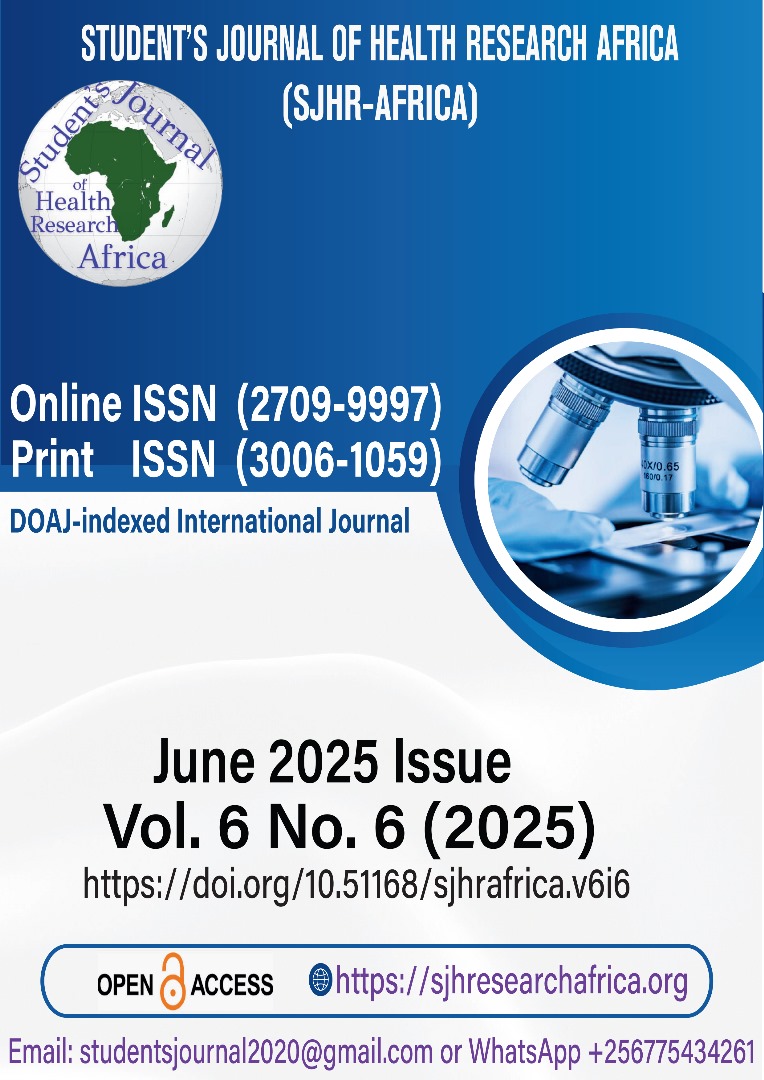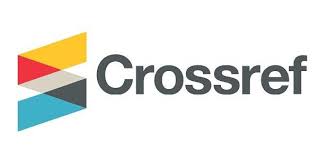COMPARATIVE ANALYSIS ASSESSING THE EFFECTIVENESS AND EFFICIENCY OF PAPER-BASED Vs DIGITAL APPROACHES IN KADOMA CHOLERA CASE AREA TARGETED INTERVENTIONS BETWEEN JUNE TO AUGUST 2024. A CROSS-SECTIONAL STUDY.
DOI:
https://doi.org/10.51168/sjhrafrica.v6i6.1640Keywords:
Effectiveness and efficiency, Paper-based vs digital approaches, Kadoma case area targeted interventionsAbstract
Study Aim
To assess the effectiveness and efficiency of paper-based vs digital approaches in the Kadoma cholera case area, targeted interventions between June to August 2024.
Methodology
A field trial was employed to compare paper-based and digital data collection methods during Case Area Targeted Interventions (CATIs) within the context of the cholera outbreak. Twenty CATI team members were randomly assigned to two groups using a random number generation process.
Results
The data reveal a fairly balanced gender distribution among the 20 implementors: 11 males and 9 females. The collection process uses paper-based and digital methods. There were 140 (98%) completed interviews using the paper-based method and 142 (100%) using the digital method. The number of completed interviews using the two approaches does not differ significantly (p-value < 0.05). The paper-based mean is 12 minutes (SD =2.89, CI 11.53 -12.47), the digital mean is 9 minutes (SD =2.85, CI 9.53 - 10.47), and the t-test for the mean difference is 7.502. The p-value was 0.0001. The digital method demonstrated slightly higher completion rates (100%) compared to the paper-based method (98%).
Conclusion
The study demonstrates that digital methods outperform paper-based approaches in terms of efficiency, resulting in considerable time savings during data collection. While both methods achieved high completion rates, the digital approach allows for faster data capture and swifter public health responses, which are crucial during outbreaks.
Recommendations
Kadoma City Council should prioritize the adoption of digital methods for time-sensitive situations, particularly during outbreak investigations where a swift response is crucial.
References
Ali, M. et al. (2016) ‘Potential for Controlling Cholera Using a Ring Vaccination Strategy: Re-analysis of Data from a Cluster-Randomized Clinical Trial’, PLOS Medicine, 13(9), p. e1002120. Available at: https://doi.org/10.1371/journal.pmed.1002120.
Azman, A.S. et al. (2018) ‘Micro-Hotspots of Risk in Urban Cholera Epidemics’, The Journal of Infectious Diseases, 218(7), pp. 1164–1168. Available at: https://doi.org/10.1093/infdis/jiy283.
Debes, A.K. et al. (2016) ‘Cholera cases cluster in time and space in Matlab, Bangladesh: implications for targeted preventive interventions’, International Journal of Epidemiology, p. dyw267. Available at: https://doi.org/10.1093/ije/dyw267.
Fitzgerald, G. and FitzGibbon, M. (2014) ‘A Comparative Analysis of Traditional and Digital Data Collection Methods in Social Research in LDCs - Case Studies Exploring Implications for Participation, Empowerment, and (mis)Understandings’, IFAC Proceedings Volumes, 47(3), pp. 11437–11443. Available at: https://doi.org/10.3182/20140824-6-ZA-1003.02796.
Gartley, M. et al. (2013) ‘Uptake of household disinfection kits as an additional measure in response to a cholera outbreak in urban areas of Haiti’, Journal of Water and Health, 11(4), pp. 623–628. Available at: https://doi.org/10.2166/wh.2013.050.
Ratnayake, R. et al. (2022) ‘Effectiveness of case-area targeted interventions including vaccination on the control of epidemic cholera: protocol for a prospective observational study’, BMJ Open, 12(7), p. e061206. Available at: https://doi.org/10.1136/bmjopen-2022-061206.
Rukmana, D. (2014) ‘Sample Frame’, in Encyclopedia of Quality of Life and Well-Being Research. Dordrecht: Springer Netherlands, pp. 5640–5641. Available at: https://doi.org/10.1007/978-94-007-0753-5_2551.
Sikder, M. et al. (2021) ‘Case-area targeted preventive interventions to interrupt cholera transmission: Current implementation practices and lessons learned’, PLOS Neglected Tropical Diseases, 15(12), p. e0010042. Available at: https://doi.org/10.1371/journal.pntd.0010042.
Tate, A. and Smallwood, C. (2021) ‘Comparing the efficiency of paper-based and electronic data capture during face-to-face interviews’, PLOS ONE, 16(3), p. e0247570. Available at: https://doi.org/10.1371/journal.pone.0247570.
Xu, R. and Bai, N. (2023) ‘Spatio-temporal dynamics of an age-space structured cholera model with bacterial hyperinfectivity and imperfect vaccination’, Discrete and Continuous Dynamical Systems - B, 28(11), pp. 5662–5700. Available at: https://doi.org/10.3934/dcdsb.2023071.
Zeleke, A.A. et al. (2019) ‘Evaluation of Electronic and Paper-Pen Data Capturing Tools for Data Quality in a Public Health Survey in a Health and Demographic Surveillance Site, Ethiopia: Randomized Controlled Crossover Health Care Information Technology Evaluation’, JMIR mHealth and uHealth, 7(2), p. e10995. Available at: https://doi.org/10.2196/10995.
Published
How to Cite
Issue
Section
License
Copyright (c) 2025 Precious Sabina Banda, Dr. Anahita Ali

This work is licensed under a Creative Commons Attribution-NonCommercial-NoDerivatives 4.0 International License.






















